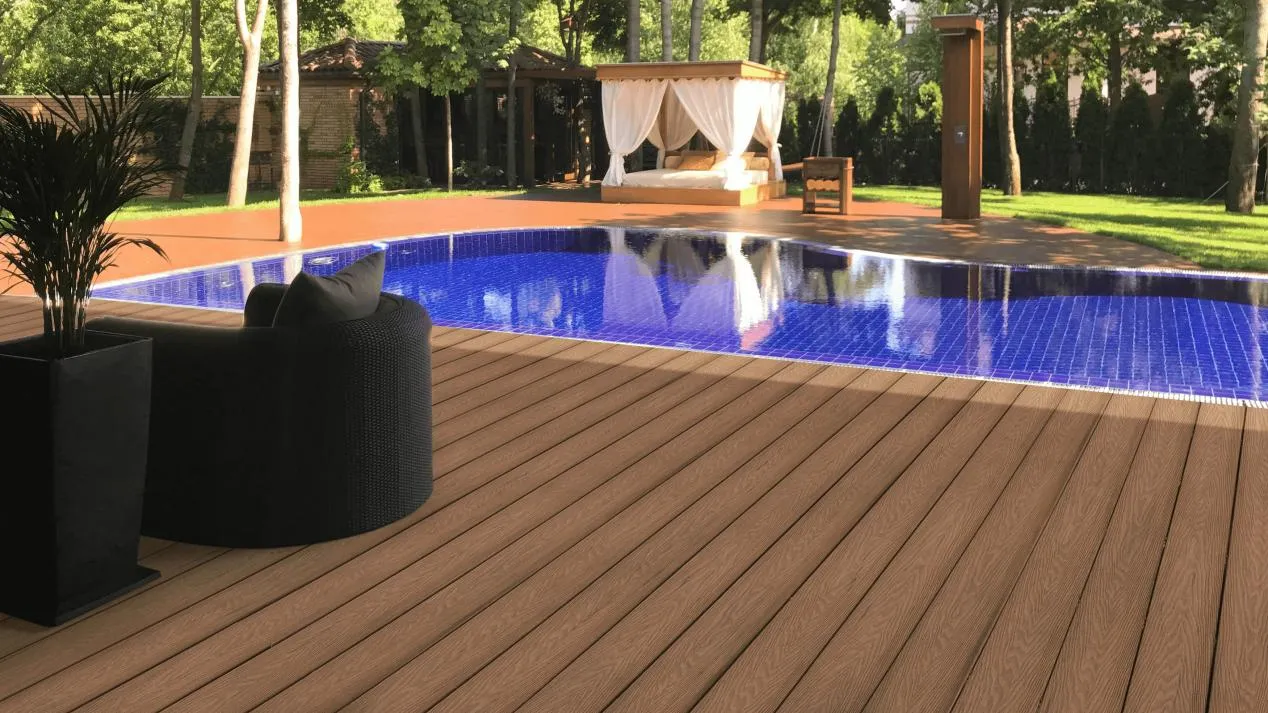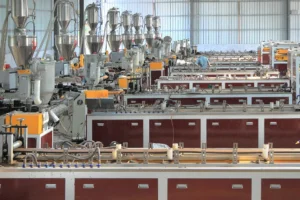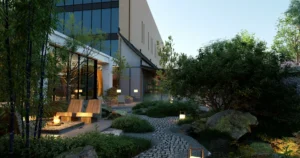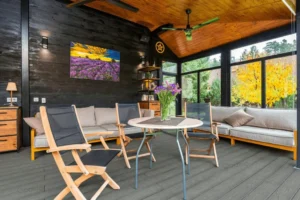The Future of WPC Composites in Furniture Design
As modern consumers increasingly value eco-friendly, low-carbon, and health-conscious lifestyles, materials like wood-plastic composites (WPC) are becoming essential in furniture manufacturing. With its durability, sustainability, and aesthetic versatility, WPC offers a perfect solution for creating furniture that aligns with these evolving standards.

Benefits of WPC Materials in Furniture
1. Eco-Friendly and Sustainable
WPC furniture is crafted from recyclable materials, combining plastic polymers with wood byproducts like sawdust, rice husks, and straw. This ensures minimal environmental impact during production and disposal, aligning perfectly with green building principles.
2. Durability and Safety
WPC materials outperform traditional wood in several ways:
- Waterproof and Termite-Resistant: Ideal for outdoor furniture and humid environments like kitchens or bathrooms.
- Long Lifespan: More durable than hardwood, with enhanced resistance to cracking, warping, and weathering.
- Safety in Use: Unlike traditional wood, WPC breaks cleanly without sharp edges when damaged, making it safer for decorative and functional applications.
3. Aesthetic Versatility
WPC offers a natural wood-like texture with customizable colors and patterns. Techniques such as adding masterbatches, surface finishing, and antique treatments allow WPC furniture to achieve a premium look while maintaining durability.
4. Cost-Effective and Low Maintenance
WPC furniture reduces material and upkeep costs:
- Lower Raw Material Costs: Made from waste wood and recycled plastics, reducing dependency on expensive natural resources.
- Minimal Maintenance: Resistant to pests, mold, and UV damage, eliminating the need for frequent repairs or refinishing.
Challenges in WPC Furniture Applications
Despite its advantages, WPC furniture faces barriers to widespread adoption:
- Limited Awareness and Expertise: WPC is a relatively new material, and many furniture designers lack experience working with it.
- Production Challenges: WPC materials have lower elasticity and strength for complex designs compared to natural wood.
- Market Integration Issues: The lack of standardized industry practices and limited collaboration between WPC manufacturers and traditional furniture makers hampers growth.
To overcome these challenges, the industry needs systematic training programs, standardized regulations, and active partnerships between stakeholders.
Application Scenarios
WPC is particularly suited for:
- Outdoor Furniture: With its weather-resistant and durable properties, WPC is ideal for garden benches, patio tables, and poolside furniture.
- Kitchen and Bathroom Fixtures: WPC’s water resistance makes it perfect for cabinets, shelves, and countertops.
- Sustainable Interiors: Customizable aesthetics and safety make it a preferred choice for eco-conscious interior designs.
The Future of WPC in Furniture
The integration of WPC materials into traditional furniture manufacturing represents a win-win opportunity:
- For Consumers: Affordable, durable, and stylish furniture that aligns with modern sustainability goals.
- For Manufacturers: Reduced raw material costs and enhanced product value through innovation.
- For the Environment: A significant reduction in deforestation and plastic waste through recycling and reuse.
As WPC technology advances, its applications will expand beyond niche markets, creating opportunities for traditional furniture to evolve with sustainable practices. By addressing the current challenges and fostering collaboration, WPC furniture can redefine the future of furniture design.
Wood–plastic composite materials offer an unprecedented opportunity for the furniture industry to align with modern sustainability and innovation goals. Their versatility, durability, and eco-friendly nature make them a game-changer for outdoor and interior furniture alike. With the right partnerships and advancements, WPC furniture can revolutionize traditional designs while reducing environmental impact. Embrace the future of furniture with Oakio’s innovative WPC solutions, where design meets sustainability.
Trending Reading
What Are the Differences Between the WPC Board and PVC Board?
[2024 Update] How Long Does WPC Decking Last?












